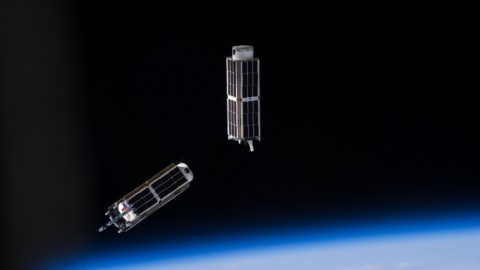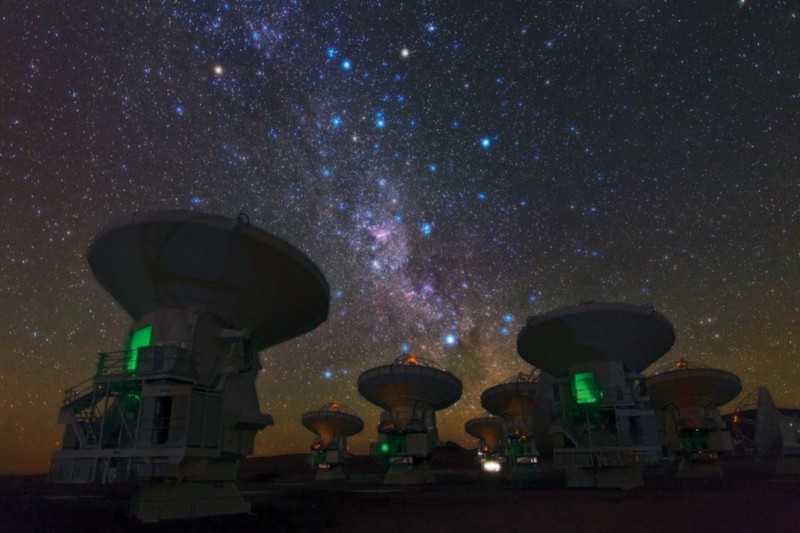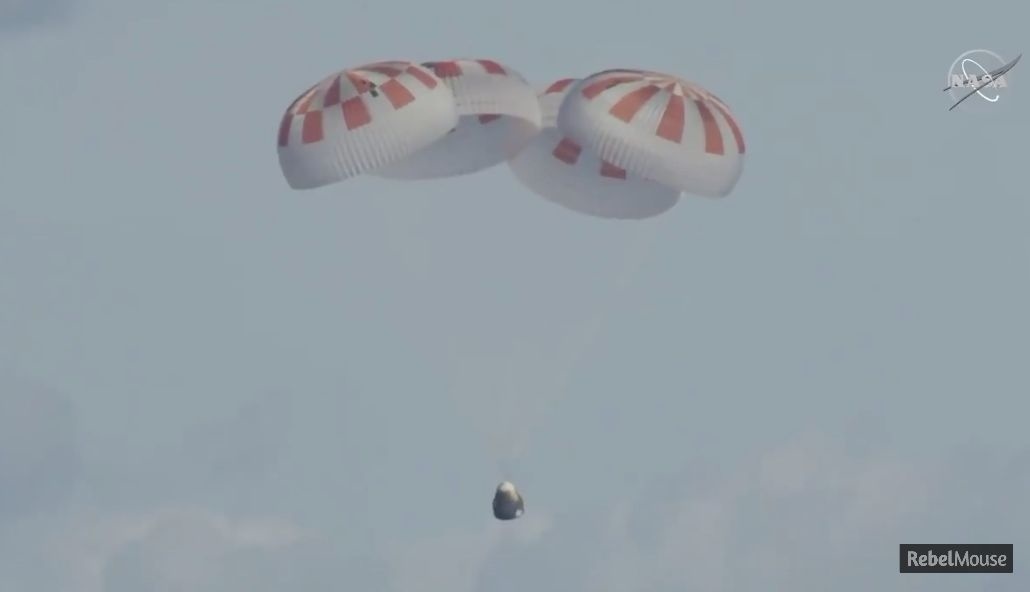Why SpaceX’s Falcon 9 is launching 64 tiny satellites into orbit

NASA
- SpaceX is providing the rocket for the mission, while a Seattle-based company organized the payload.
- The mission will deploy satellites from various providers, including startups and government agencies.
- Most of these providers hope to be the first to build a new kind of network to support the Internet of Things.
SpaceX’s Falcon 9 rocket is set to launch 64 satellites into orbit on Wednesday, the largest number deployed in a single mission from U.S. soil.
The mission—dubbed “Spaceflight SSO-A: SmallSat Express”—will deploy satellites from multiple providers, including six startups that seek to revolutionize the Internet of Things by sending tiny, centimeters-long satellites into low Earth orbit.
The Internet of Things, or IoT, is the interconnection of computing devices embedded in everyday appliances and devices, which enables them to send and receive data via the internet. Some technologies that rely on this network include smart meters, agricultural and fishery sensors, and pipeline and environmental monitors, all of which require relatively tiny amounts of bandwidth to operate, compared to, say, an online video game.
Big potential in the IoT market
SpaceX may be supplying the rocket, but the mission was organized by Seattle-based CubeSat company Spaceflight Industries, which believes that lowered barriers of entry will lead to big potential for communications companies supporting the Internet of Things. According to a 2018 McKinsey report, the IoT market is estimated to be worth about $581 billion in information and communications spending by 2020.
“Low earth orbit is not unlike smartphones,” Curt Blake, president of Spaceflight, told Wired. “When you really lower the cost of phones—or rocket launches—people come up with a whole bunch of new applications.”
Helios Wire, an IoT company with a satellite set to launch on Wednesday, plans to eventually deploy a constellation of 28 satellites that will enable new types of applications, specifically within analytics and blockchain.
“The IoT industry is very much in a growth phase. For Helios, the goal isn’t only to connect devices and aggregate data, it’s also to improve the applications and services that can be layered atop the network,” said CEO Scott Larson. “The ability to allow for not only machine-to-machine communication, but also machine-to-machine transactions using the blockchain, is very intriguing. It is the economy of machines and the service offering will add very real value.”
Wednesday’s mission is separate from SpaceX’s Starlink project, which seeks to provide all corners of the planet with wireless internet beamed from 7,500 satellites in low Earth orbit. In November, the FCC approved the final stage of the Starlink project.





